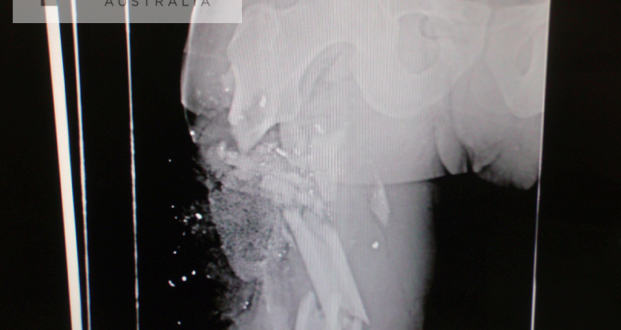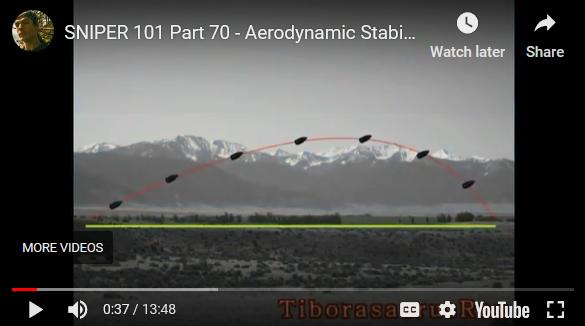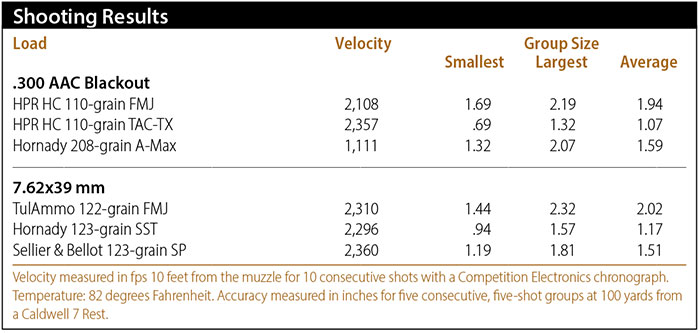Bullet Pressure Wave Effects On Incapacitation Time
BY Herschel SmithReader =BCE56= links Ballistic Pressure Wave Contributions To Rapid Incapacitation In The Strasbourg Goat Tests.
Chamberlin observed damage remote from the wound channel he ascribed to the hydraulic reaction of body fluids [CHA66]. Tikka et al. showed that ballistic pressure waves originating in the thigh reach the abdomen. Wounding and delayed recovery of peripheral nerves have been reported [LDL45, PGM46]. Pressure waves cause compound action potentials in peripheral nerves [WES82], and ballistic pressure waves have been shown capable of breaking bones [MYR88].
This shows that, all other factors being equal, bullets that produce pressure waves of greater magnitude incapacitate more rapidly than bullets that produce smaller pressure waves. The Strasbourg test data convincingly supports the pressure wave hypothesis and allows (perhaps for the first time) the fast response time to be modeled as a function of peak pressure wave magnitude.
[ … ]
The trend in bullet design over the last decade has drifted toward bullets with little fragmentation and a higher percentage of retained mass. Bullets that both fragment and meet minimum penetration requirements create larger pressure wave magnitudes and offer improved incapacitation potential.
There is much more at the link. I find it especially interesting that the authors use a 4*pi()*r^2 model for pressure wave solid angle (as with sound, light and radiation, unattenuated [or scattered] and unreflected). The pressure wave isn’t forward peaked.
I often claim I have the best readers on the internet. I really mean it. This is a good example of that.
And this analysis goes to the heart of the design of the 5.56mm round, which is to induce a pressure wave due to high velocity (KE = 1/2 * m * v^2) and then fragment into shrapnel with multiple wound tracks.
Thanks to reader =BCE56= for that great read.






